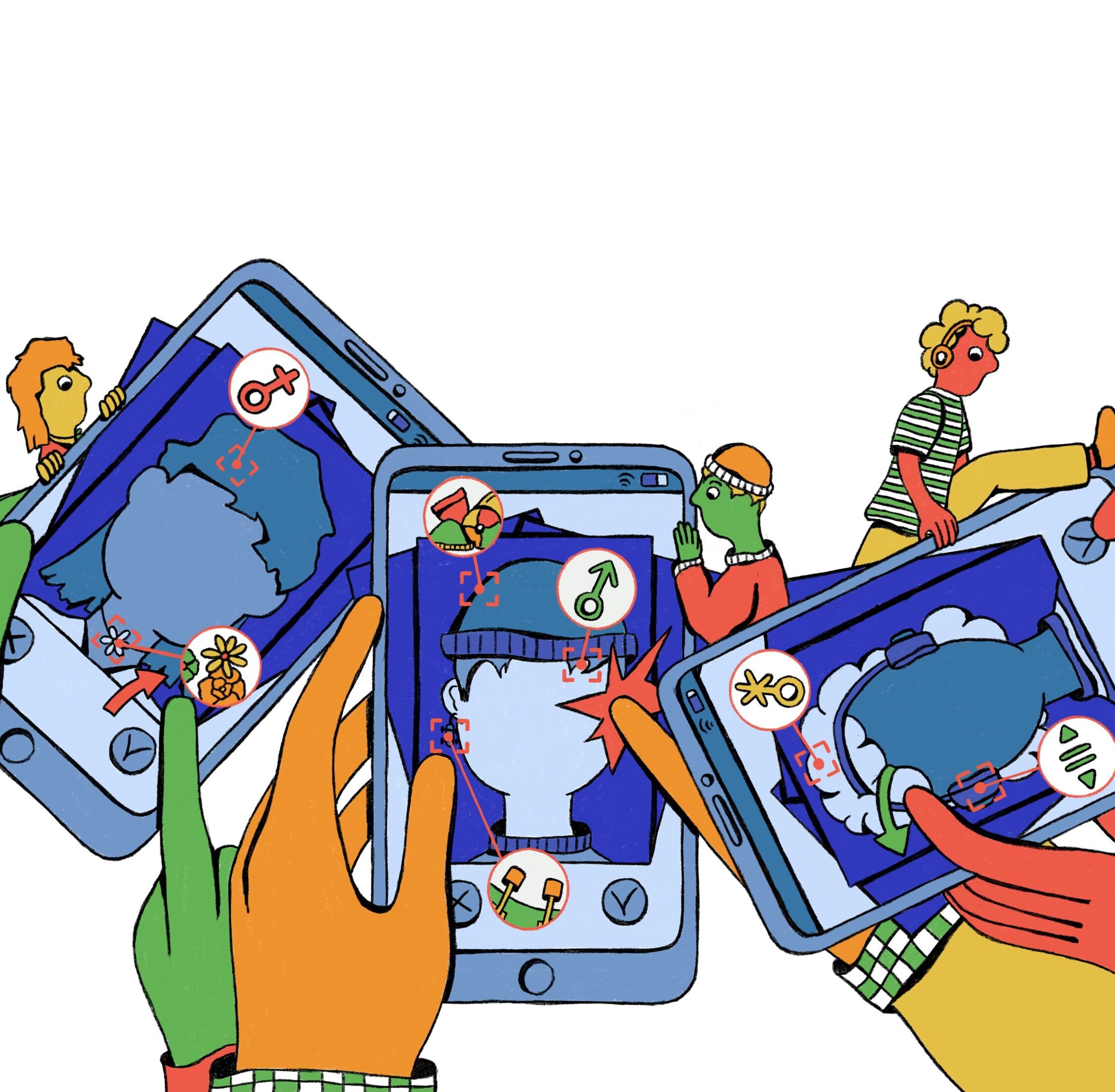
Dating Apps and Their Effects on Those Outside of Cis-Heteronormative Culture
Things you can do at 18: drive, vote, drink alcohol (if you’re in Europe), and join a dating app. Joining a dating app has become almost a right of passage when reaching adulthood. After a simple sign-up, you can look at hundreds of people’s photos and say ‘yes’ or ‘no’ to them with a swipe of your finger. Usually, this decision is made based on an opinion formed from a single picture and a bio (if you choose to read it). However, it is undeniable that most of these applications were made for a cis-heteronormative audience.
If we think of a dating app like online shopping, people are the products, choosing how to market themselves based on images and (maybe) a short biography that not everyone will read. For a cisgender person, this process is relatively straightforward: pick your best pictures and let the app do its job. But if your physical appearance and gender identity do not match, according to heteronormative standards of identity, the usage of dating apps can lead to dysphoric consequences.
“If you’re trying to interact with somebody, people make a lot of assumptions about who you are, what you like, how they should interact with your body, what you’re going to want or not want, just because you have a body that reads a certain way,”
To gain insight into this, I spoke with Skylar Haven (they/them), the founder of Queer Somatics. Here, Skylar specializes in body-based coaching for queer and transgender individuals surrounding topics connected to intimacy and sexuality. Within Queer Somatics, Skylar aims to help gender-diverse individuals regain bodily agency and autonomy within the heteronormative culture they live in, making them an expert in queer embodiment. Connecting this to dating apps and the dating scene as a whole, specific bodies come with specific expectations; “If you’re trying to interact with somebody, people make a lot of assumptions about who you are, what you like, how they should interact with your body, what you’re going to want or not want, just because you have a body that reads a certain way,” says Skylar.
These assumptions and expectations bleed into digital platforms, especially those created for those outside of the queer community. On these platforms, even listing your gender as something different from how people perceive you can lead to the reporting and even banning of your account. This has been the case on Tinder, where Liz Busillo and other gender non-conforming people were reported as “fake” by other users who saw them differently than they identified themselves (Time Magazine). Because of this, it becomes a choice between authentically presenting yourself and facing potential consequences, or purposefully subjecting yourself to wrongful perceptions.
‘dating apps expand the gap between body and self, forcing the gender-diverse community to align with heteronormative culture.’
According to Skylar, even on applications made for the queer community like Grindr, there are often lines in people’s biographies such as “no fems”, “masc only”, “only real guys”, or the fetishizing side of “trans only.” Skylar references a genderqueer friend on Grindr whose dating pool lessens due to their identity. This leads to an internal struggle going back and forth from “I can be true to myself, and then I have no real options, at least, they’re farther and fewer between, or I can do something to get laid, but there’s a sense of emptiness and a sense of hurt that comes with that. This is because, to do that, I have to accept that somebody else is interacting with me in a way that doesn’t match who I am.”
In this way, dating apps expand the gap between body and self, forcing the gender-diverse community to align with heteronormative culture. Because of this, dating applications such as Feeld tend to stand out, as it is made for transgender people to find each other. However, because they are typically used for gender-diverse people to find other gender-diverse people, this, in a way, excludes the transgender community from interactions within the cisgender world. However, these applications hold significant benefits as well. Skylar agrees on the potential value of “t for t” applications (platforms where gender diverse people can meet other gender diverse people) because “there’s something also about getting to see the examples of other folks and how they’re presenting themselves. Like, almost in a silly way, it becomes a little bit of a source of communal knowledge around who’s out there, and about how we present ourselves, or communicate about what we want and how we want it and what we’re into.” This recognition of self and desires is needed to exist and communicate in a way that is authentic to the self and is a continuous challenge beyond the construction of a dating application profile.
Even if gender-diverse people provide the answer on how to market themselves on these platforms, there is still the next step of a conversation or type of interaction with those whom you match with. If there is a disconnect between physical body/appearance and self, it becomes next to impossible to make sure that “interactions shape to and honor [you] and [your] body instead of just somebody’s reading of, and assumptions about [you],” says Skylar. It is worth noting that the biography option on dating apps does allow for the level of identity disclosure to be decided by the user. If a user does not want to comment on their gender identity, they can simply select what gender they are in the app and go no further, or they can choose to expand upon it in their description of themselves.
As of 2016, Tinder has allowed users to type in their own gender, auto-filling from a list of approximately 40 options (Time Magazine). Sadly, this is only half of the solution, where the other half is then up to users to leave behind gender norms and assumptions. Through their time in sex coaching and sexological bodywork, Skylar has concluded that “our bodies are these strong communication centers who are actually telling us what we want, what we need, what our boundaries are.” If we are not in tune with our bodies in this way, and if dating apps foster this disconnection, it impacts the ability to not only identify what we want, but then know how to communicate and achieve that in a world that prioritizes cis-heteronormativity.
